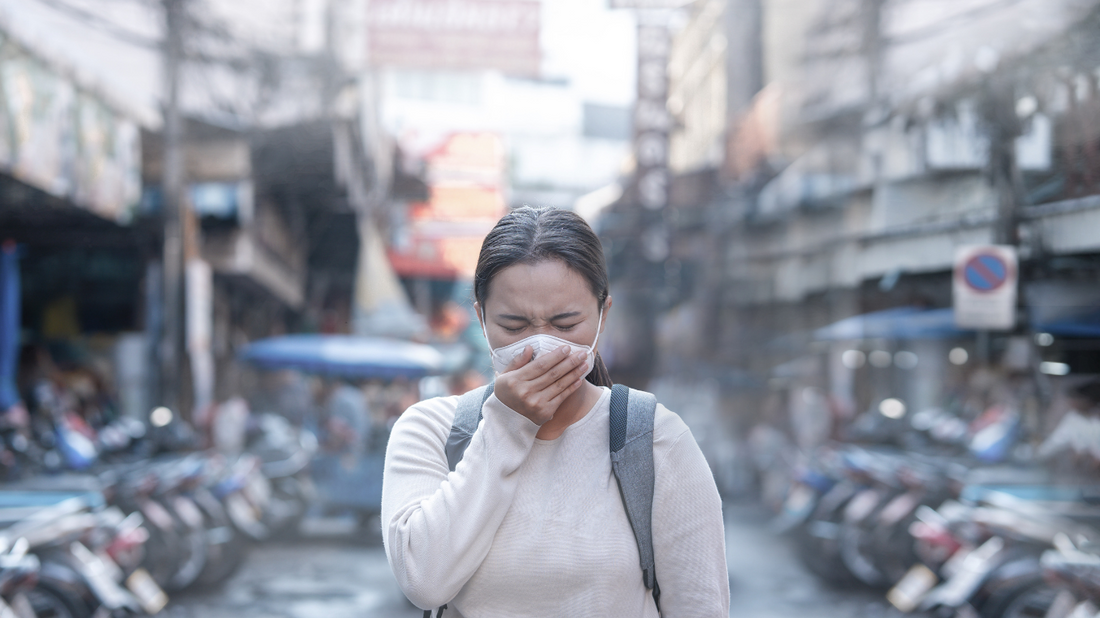
Have you ever stepped outside in the morning and mistaken thick pollution for a soft, misty fog? You take a deep breath, expecting freshness, but instead, your throat burns, and your lungs feel heavy. That’s PM 2.5, an invisible pollutant that poses serious health risks. Though we can’t see it, once it accumulates, it forms a dense haze that affects the air we breathe. Today, let’s take a closer look at what PM 2.5 is, why it’s dangerous, and how you can protect yourself from its harmful effects.
What is PM 2.5?
PM 2.5 stands for Particulate Matter that is 2.5 micrometers or smaller in diameter. To put that into perspective, a human hair is about 70 micrometers thick, making PM 2.5 nearly 30 times smaller—so tiny that it can only be seen under an electron microscope.
These pollutants come from various sources, including construction sites, vehicle emissions, industrial activities, and wildfires. Certain regions are more vulnerable to high PM 2.5 levels, especially highly industrialized or densely populated cities in Asia (like China and India) and Africa. Even in the United States, states like California frequently battle rising PM 2.5 levels due to wildfires, affecting not just humans but also the environment and wildlife.
PM 2.5: The Hidden Killer Behind Millions of Deaths
According to reports from 2019, over 4 million people worldwide died due to long-term exposure to PM 2.5—and that number continues to rise. Because these particles are so small, they can penetrate deep into the lungs and even enter the bloodstream, leading to severe health issues, including:
- Respiratory problems (coughing, difficulty breathing, reduced lung function)
- Heart complications (irregular heartbeat, increased risk of heart disease)
- Increased risk of chronic illnesses like asthma, bronchitis, and even lung cancer
How to Protect Yourself from PM 2.5
Since air pollution is a growing concern, taking steps to protect yourself is crucial. Here are some effective ways to reduce your exposure to PM 2.5:-
Monitor the Air Quality Index (AQI)
- Before heading outside, check the AQI using mobile apps or websites.
- If the AQI is above moderate levels, avoid outdoor activities, especially if you have respiratory issues.
-
Keep Your Home Air Clean
- Close windows and doors during high pollution days to prevent PM 2.5 from entering.
- Invest in air purifiers to reduce indoor pollutants.
-
Maintain a Clean Environment
- Regularly dust and vacuum your home to prevent PM 2.5 buildup.
- If pollution levels are severe, consider wearing a high-quality mask (like an N95) when going outside.
PM 2.5 may be invisible, but its impact is undeniable, posing serious threats to our health, environment, and future. While air pollution is a global issue, small changes in our daily lives can make a difference. Reducing personal car usage, avoiding post-harvest burning, and incorporating more plant-based choices into our diets can all help lower air pollution levels. As long as we share this planet, we have the power to restore cleaner air and create a healthier future—one mindful action at a time.


